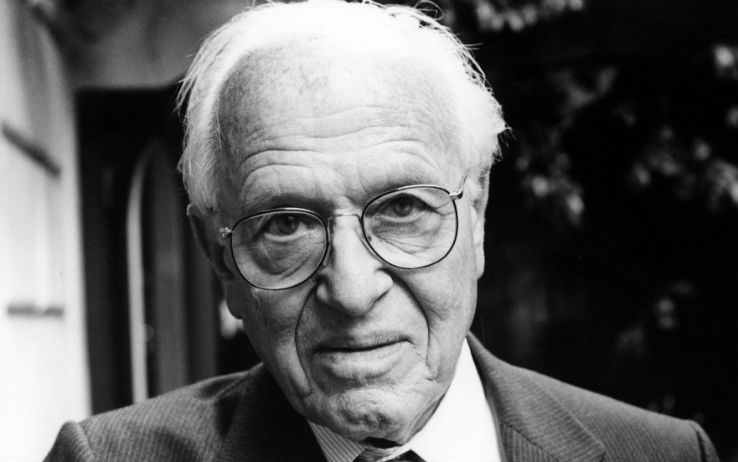For two decades from 1970, when he took up a professorship at Stanford, he devoted himself to this subject.
從1970年起的20年間,卡瓦利-斯福扎擔任斯坦福大學的教授,期間一直致力于研究這個課題。
By the 1990s he was able to study variation in DNA itself.
到20世紀90年代,他已經能夠研究DNA本身的變異。
When he and his colleagues instructed a computer to sort around 1,000 people from across the globe into five clusters by similarity of DNA,
卡瓦利-斯福扎和其同事利用計算機根據DNA相似性將來自世界各地的1000人分為5組,
the clusters matched the labels by which humans had long grouped themselves intuitively:
而這些分的組和長期以來人類憑直覺對自己的劃分是相匹配的:
West Eurasians, East Asians, Native Americans, New Guineans and Africans.
西方歐亞混血、東亞、美洲原住民、新幾內亞人和非洲人。
He soon concluded, though, that race was not a scientifically valid way to classify them.
然而,他很快得出結論:種族并不是一個科學有效的分類方法。
Europeans, for example, were about two-thirds Asian and one-third African,
例如,約三分之二的歐洲人是亞洲人,三分之一是非洲人,
but after millennia of mixing there was no such thing as pure Asian or pure African either.
但是經過千年的混合,沒有純粹的亞洲人或純粹的非洲人。
Skin colour, or the shape of a nose, were just superficial adaptations to climate and place.
膚色,或者鼻子的形狀,只是對氣候和地形的表面適應。

He represented his genetic data as "trees" branching over time: simplistic diagrams, but beautiful in their simplicity.
卡瓦利-斯福扎將基因數據根據時間以“樹狀”呈現:簡單的圖表,但簡中有美。
They often agreed, as he had hoped, with the findings of linguists and archaeologists:
正如卡瓦利-斯福扎所希冀的,這些圖表正和語言學家和考古學家的發現一致:
suggesting, for example, that humanity arose in Africa, where it stayed for a long time before moving outwards, somewhere between 100,000 and 50,000 years ago.
例如,人類起源于非洲,約10萬到5萬年前,非洲是遷徙之前人類停留時間最長的地方。
The earliest African migrants probably reached Asia first, moving on to Oceania, Europe and America, in that order.
最早的非洲移民可能最先到達亞洲,接下來按序是大洋洲、歐洲和美洲。
He particularly liked to tell his story of farmers.
卡瓦利-斯福扎特別喜歡講關于農民的發現。
By checking variations between individuals based on their blood groups, he discerned a gradient in that variation that stretched south-east-to-north-west across Europe.
通過檢查基于血型的個體差異,他發現了從東南到西北橫跨歐洲的變化梯度。
This he saw as the genetic signature of farming after its invention around 9,000 years ago in the Fertile Crescent.
卡瓦利-斯福扎認為這是約9000年前在肥沃月灣(一古代農業地區)發明農業之后的基因標志。
As early farmers radiated out of the Near East, he argued, they bred with indigenous hunter-gatherers, until by the time they reached colder climates their genes were a good mix of both.
他認為從近東輻射過來的早期農民,與土著狩獵者結合,直到到了更冷的氣候中,農民和狩獵者的基因剛好是完美的融合。
譯文由可可原創,僅供學習交流使用,未經許可請勿轉載。












